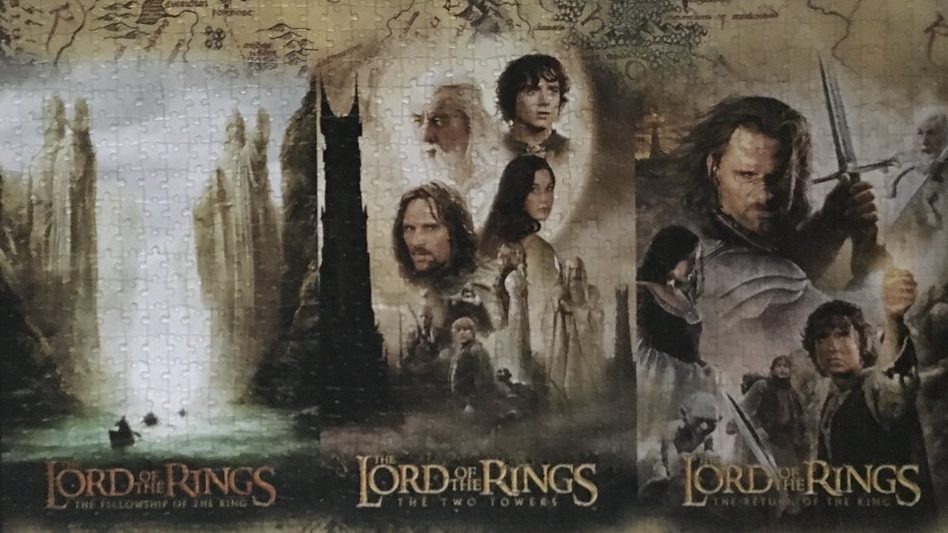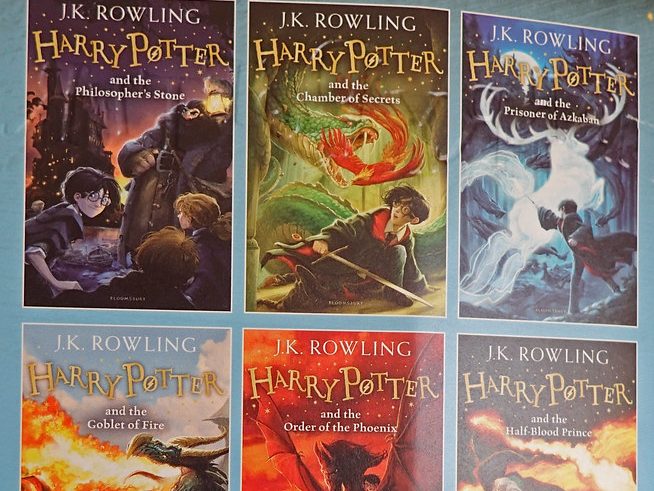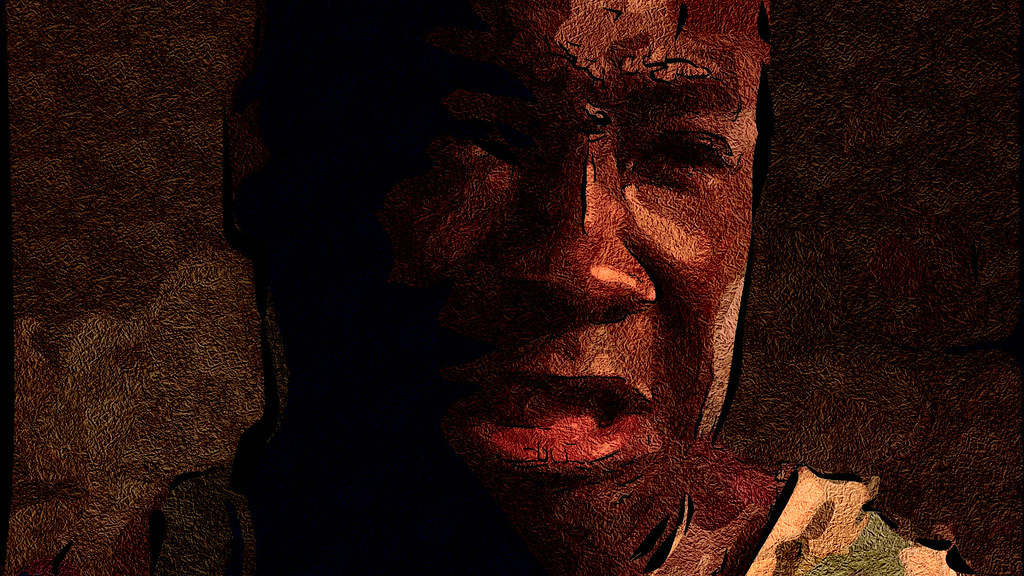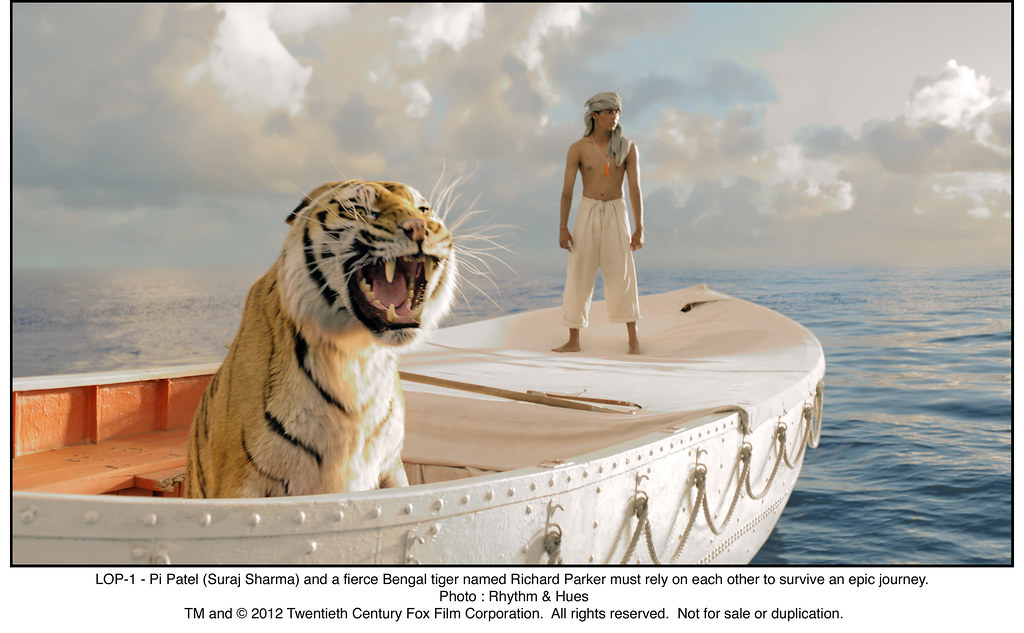Book-to-Movie Adaptations: Turning a beloved book into a movie can be a daunting task. The challenge lies in staying true to the source material while crafting a film that stands on its own. While many adaptations fall short, some succeed in capturing the essence of the book, doing justice to both the narrative and its characters. Here are the top 10 book-to-movie adaptations that got it right, satisfying fans of the original novels while creating cinematic masterpieces.
1. The Lord of the Rings Trilogy (2001-2003)
Book: The Lord of the Rings by J.R.R. Tolkien
Director: Peter Jackson
Why It Got It Right:
Peter Jackson’s The Lord of the Rings trilogy is one of the most beloved book-to-movie adaptations ever made. It successfully captures the epic scale of Tolkien’s world, the rich character development, and the intricate plotlines. Jackson’s attention to detail, along with the breathtaking landscapes of New Zealand and groundbreaking special effects, brought Middle-earth to life in a way that pleased both casual viewers and die-hard fans.

Standout Elements
- Faithful to the source material’s themes of friendship, courage, and sacrifice
- Spectacular visual effects, practical sets, and costumes
- Strong performances by the ensemble cast, including Elijah Wood, Ian McKellen, and Viggo Mortensen
2. Harry Potter Series (2001-2011)
Book: Harry Potter series by J.K. Rowling
Director: Various (including Chris Columbus, Alfonso Cuarón, David Yates)
Why It Got It Right:
The Harry Potter films grew with their audience, starting with a whimsical tone and evolving into a darker, more mature narrative. The films stayed remarkably faithful to Rowling’s world of wizards and magic, carefully balancing key moments from the books with cinematic flourishes that helped define a generation’s love for the Wizarding World.

Standout Elements
- Exceptional casting, particularly of Daniel Radcliffe, Emma Watson, and Rupert Grint
- Iconic settings like Hogwarts, brought to life with incredible detail
- A perfect blend of magic, wonder, and darker themes as the series progressed
3. The Godfather (1972)
Book: The Godfather by Mario Puzo
Director: Francis Ford Coppola
Why It Got It Right:
Francis Ford Coppola’s The Godfather is widely regarded as one of the greatest films ever made. It faithfully adapts Mario Puzo’s novel about the Corleone crime family, focusing on themes of power, loyalty, and family. The film elevates the source material, with masterful direction, a stellar cast, and iconic lines and scenes that have become embedded in popular culture.
Standout Elements
- Outstanding performances by Marlon Brando, Al Pacino, and James Caan
- Faithful adaptation of the book’s intricate plot and moral complexity
- Iconic scenes, like the horse’s head and the baptism sequence, that are as memorable as the novel itself
4. The Shawshank Redemption (1994)
Book: Rita Hayworth and Shawshank Redemption by Stephen King
Director: Frank Darabont
Why It Got It Right:
The Shawshank Redemption is a rare example of a movie that transcends its short story origins. Frank Darabont adapted Stephen King’s novella into a beautifully crafted film about hope, friendship, and resilience. The performances, particularly by Tim Robbins and Morgan Freeman, elevate the source material into a poignant tale of redemption.
Standout Elements
- Strong focus on the themes of hope and friendship, central to the novella
- Powerful performances, especially Morgan Freeman’s iconic narration
- Expanding on the novella’s themes and emotional depth while staying faithful to its core
5. To Kill a Mockingbird (1962)
Book: To Kill a Mockingbird by Harper Lee
Director: Robert Mulligan
Why It Got It Right:
The film adaptation of Harper Lee’s Pulitzer Prize-winning novel is a faithful and deeply emotional portrayal of racial injustice, moral integrity, and compassion. Gregory Peck’s portrayal of Atticus Finch is considered one of the greatest performances in cinema history, embodying the novel’s central message of standing up for what’s right, even in the face of overwhelming odds.
Standout Elements
- Gregory Peck’s powerful and iconic portrayal of Atticus Finch
- The film’s faithful adaptation of the novel’s themes of justice, morality, and innocence
- Capturing the Southern atmosphere of the 1930s with authenticity and sensitivity
6. The Hunger Games (2012)
Book: The Hunger Games by Suzanne Collins
Director: Gary Ross
Why It Got It Right:
The Hunger Games successfully adapts Suzanne Collins’ dystopian novel, bringing the world of Panem and its brutal competition to life. Jennifer Lawrence’s portrayal of Katniss Everdeen was universally praised for capturing the character’s resilience and vulnerability. The film’s balance of action, political intrigue, and emotional depth made it a hit with both book fans and newcomers.
Standout Elements
- Jennifer Lawrence’s stellar performance as Katniss Everdeen
- Visually striking portrayal of the dystopian world and the Capitol
- Staying true to the novel’s themes of survival, rebellion, and sacrifice
7. The Silence of the Lambs (1991)
Book: The Silence of the Lambs by Thomas Harris
Director: Jonathan Demme
Why It Got It Right:
This psychological thriller stayed true to Thomas Harris’ gripping novel while delivering chilling performances from Jodie Foster and Anthony Hopkins. Hopkins’ portrayal of Hannibal Lecter is both terrifying and mesmerizing, while Foster’s Clarice Starling brings strength and vulnerability to the screen. The film’s faithful adaptation of the novel’s tension and character dynamics earned it critical and commercial success.
Standout Elements
- Anthony Hopkins’ unforgettable portrayal of Hannibal Lecter
- Taut direction that preserves the tension and psychological intrigue of the novel
- Faithful depiction of the complex relationship between Clarice and Lecter
8. The Green Mile (1999)
Book: The Green Mile by Stephen King
Director: Frank Darabont
Why It Got It Right:
Frank Darabont’s adaptation of Stephen King’s The Green Mile brings the magical realism and emotional depth of the novel to life. The film’s exploration of justice, morality, and redemption, anchored by strong performances from Tom Hanks and Michael Clarke Duncan, made it a critical and commercial success.

Standout Elements
- Emotional depth and strong performances, particularly by Michael Clarke Duncan
- Capturing the novel’s blend of realism and supernatural elements
- Faithful adaptation of King’s exploration of morality and the justice system
9. Gone with the Wind (1939)
Book: Gone with the Wind by Margaret Mitchell
Director: Victor Fleming
Why It Got It Right:
This adaptation of Margaret Mitchell’s epic novel set during the American Civil War became a classic of American cinema. The film captures the sweeping drama, romance, and complex characters of the novel, with unforgettable performances by Vivien Leigh as Scarlett O’Hara and Clark Gable as Rhett Butler.
Standout Elements
- Lavish production and cinematography that bring the Civil War-era South to life
- Vivien Leigh’s iconic performance as Scarlett O’Hara
- Faithful to the epic scope and drama of Mitchell’s novel
10. Life of Pi (2012)
Book: Life of Pi by Yann Martel
Director: Ang Lee
Why It Got It Right:
Ang Lee’s adaptation of Life of Pi masterfully captures the novel’s exploration of faith, survival, and storytelling. The visual effects, particularly the depiction of Pi’s journey with the tiger Richard Parker, were groundbreaking. The film stayed true to the novel’s spiritual and philosophical themes while offering breathtaking visuals.

Standout Elements
- Stunning visual effects and cinematography
- Maintaining the novel’s exploration of faith and survival
- Beautifully blending realism with magical realism to capture the novel’s essence
Book-to-Movie Adaptations That Got It Right
These top 10 book-to-movie adaptations are not only faithful to their source material but also successful in bringing the stories to life in unique and compelling ways. They stand as testaments to how literature and cinema can work together to create timeless masterpieces, offering both readers and moviegoers memorable experiences that transcend mediums.








